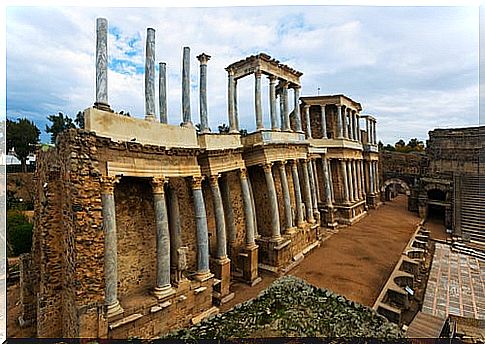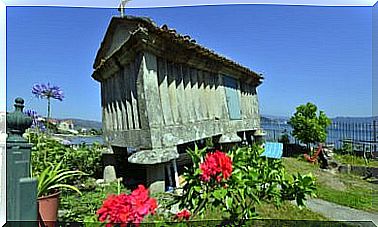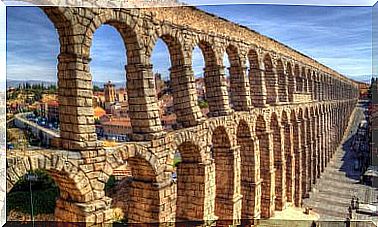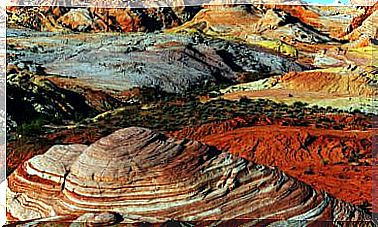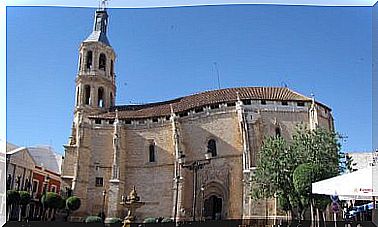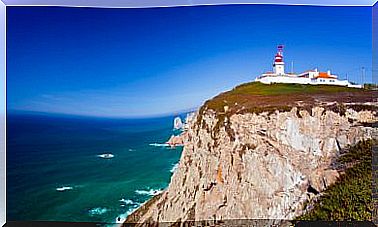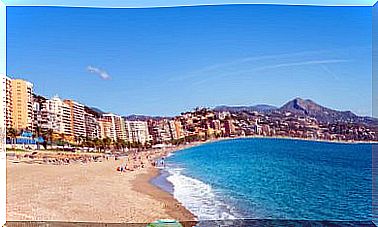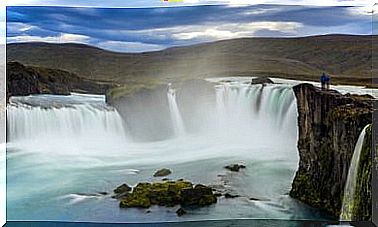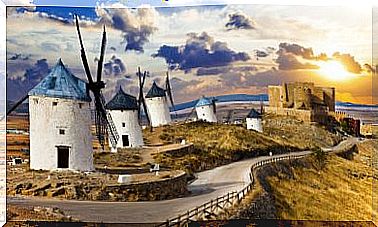We Take A Walk Through The Roman Theater In Mérida
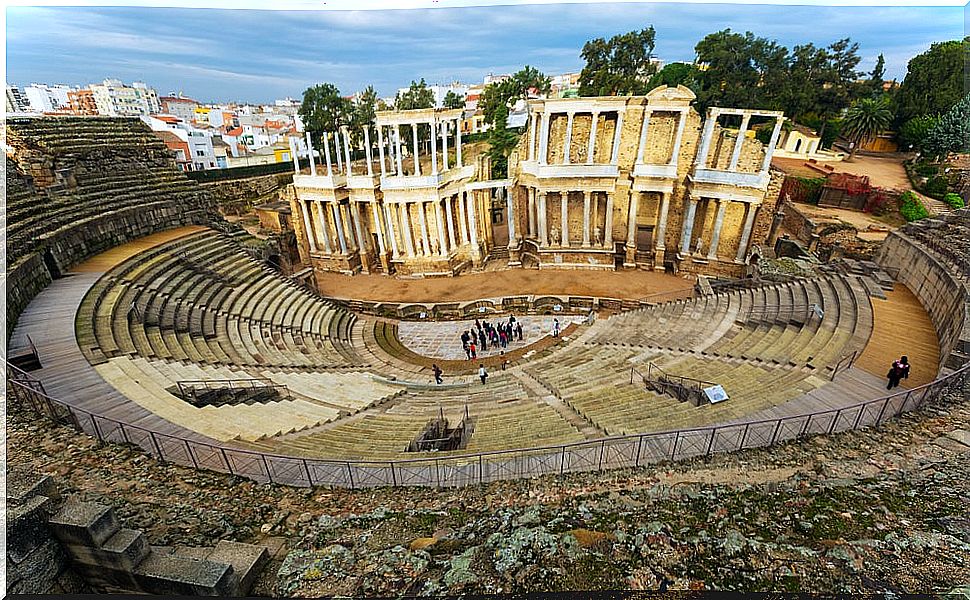
The capital of Extremadura is home to one of the jewels of Spain: the Roman theater of Mérida. Declared an Asset of Cultural Interest and a World Heritage Site in 1993, it continues to host numerous plays, especially classical, and especially within the framework of the International Classical Theater Festival held every year.
History of the Roman theater of Mérida
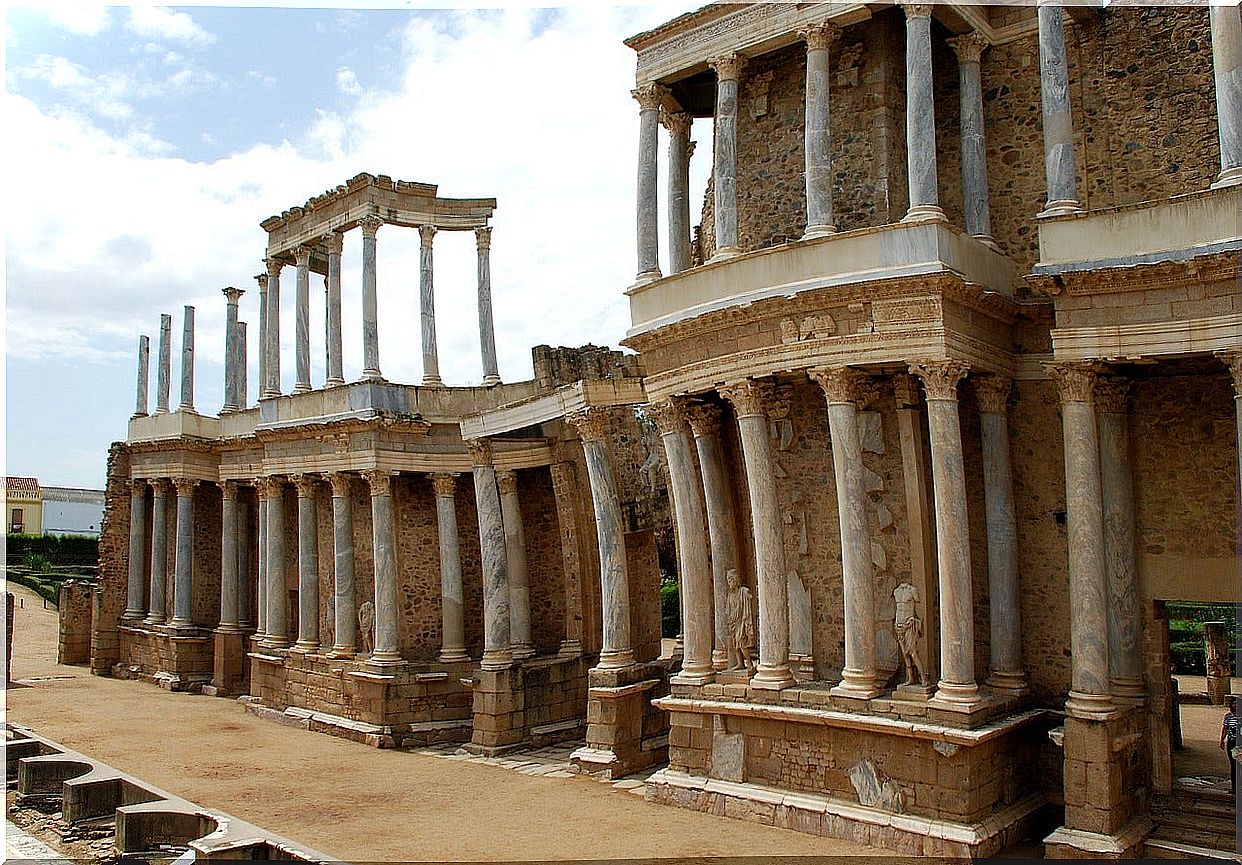
The theater was built in the time of Ancient Rome, in what was Emerita Augusta, the capital of Hispania. According to some inscriptions found, the inauguration must have occurred around 15 BC.
The construction of the theater did not respond much to the tastes and interests of the Romans, who preferred to see gladiator fights. The objective was to carry out political propaganda and the Roman way of life.
The theater underwent a couple of major renovations. The first of them in the year 105, during the government of the emperor Trajan and in which the scenic front that remains today was raised. The second, in the time of Constantine I, between the years 333 and 335, in which the access road to the enclosure was reformed.
Abandonment
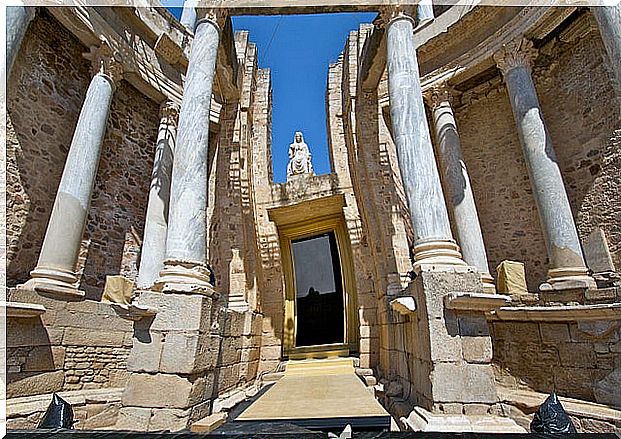
With the arrival of Christianity in Rome, around the fourth century, the theater was abandoned. Religion considered theatrical performances immoral, forcing the theater to be buried. Only the highest part of the stands was visible.
For centuries, that part has been known by the people of Mérida as “Las Siete Sillas”. According to legend, the Moorish kings sat there to deliberate on the fate of the city.
The discovery
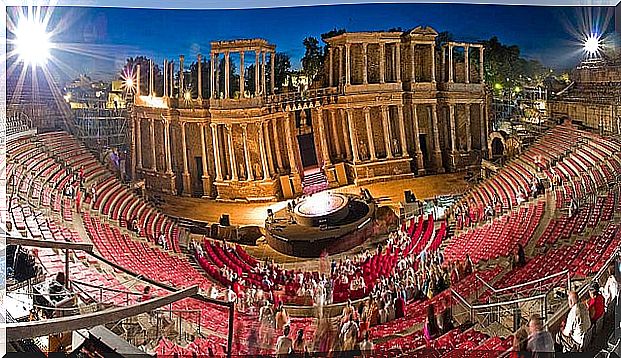
Until the 20th century, the Roman theater in Mérida remained underground. It was not until 1910 when the excavations began, which were not carried out with the most appropriate means and methodology. For this reason, it has been impossible to completely reconstruct the history of the theater.
Despite everything, it was possible to unearth most of the theater and document some elements, such as columns, statues or cornices. Between the 60s and 70s the stage front was rebuilt, remaining as we see it today.
Since 1933 it has hosted the International Classical Theater Festival of Mérida every year. In this way, it is not just another monument in the city, but it returns to its original use. The festival, which takes place during the months of July and August, is considered one of the most important of its kind in the world.
Description of the Roman theater of Mérida
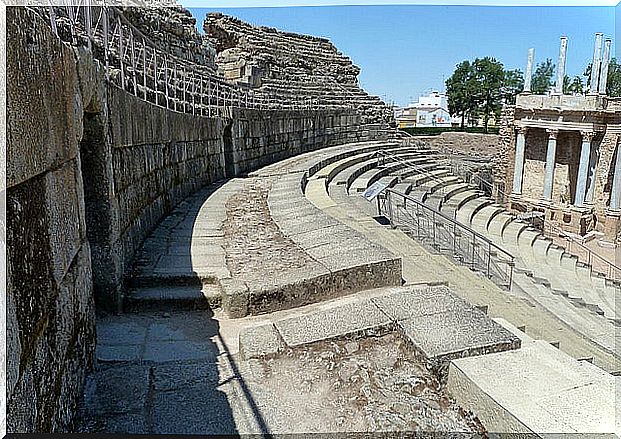
The theater was erected by order of Marcus Vitruvius and specifically following his instructions. The model is the typical Roman one, and it can also be seen in other theaters, such as Pompeii or Rome. At the time it had a capacity for 6,000 people.
The stands take advantage of the slope of the hill where the theater is located, that of San Albín. They are divided into three parts: ima cavea , media cavea and summa cavea . The latter is seriously deteriorated today.
In the lowest part were the more affluent classes, separated from the others, this being the largest part. In the other two zones, higher and smaller, was where the middle and lower classes sat.
The orchestra is a semicircular space, intended for the choir. It is decorated with blue and white marbles, and there is still a part of the marble parapet that separated it from the stands. Around this were some seats, reserved for the city authorities.
The stage of the Roman theater in Mérida
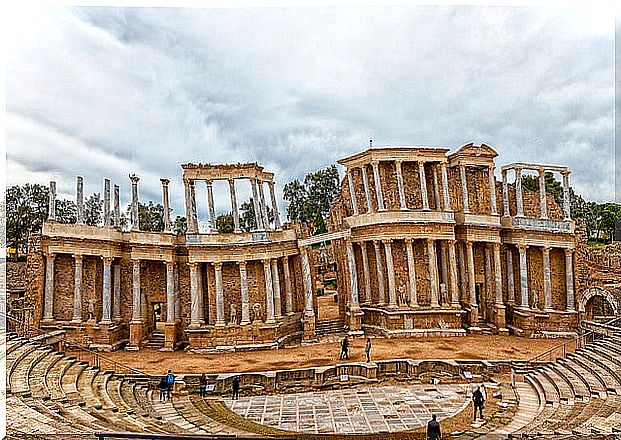
Probably in Roman times it was made of wood. Some holes are preserved, which were used to place the curtain poles and other scenic infrastructures.
The front of the stage is the most spectacular part of the theater and, without a doubt, its most representative part. With more than 17 meters high, it is formed by a base of ashlars covered with reddish marble on which two bodies of Corinthian columns rest.
For its part, behind that front a landscaped area was built, dedicated to recreation. The remains of what would be a room dedicated to the imperial cult were also found there. In this part there are also what were the latrines and the remains of a house, which was built after the theater was abandoned.
